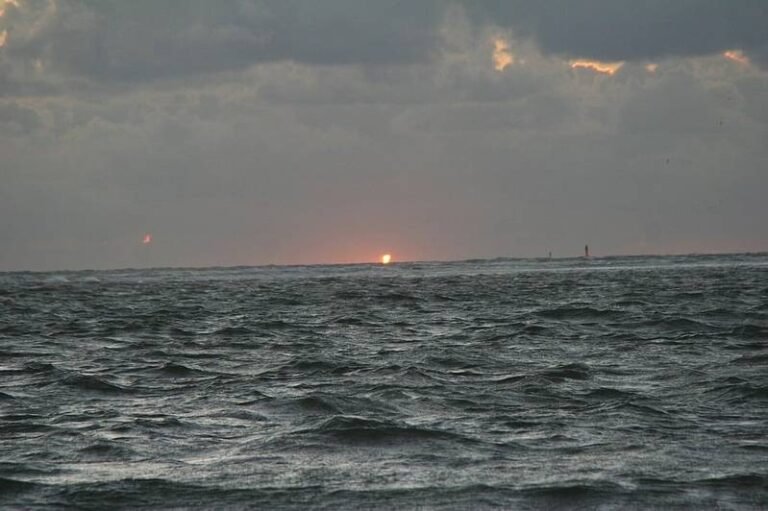Scientists Discover Massive Sinkites Beneath the North Sea
Scientists have made a groundbreaking discovery beneath the North Sea, uncovering hundreds of giant sand bodies that challenge traditional geological principles. These massive structures, known as sinkites, have important implications for energy and carbon storage.
Utilizing high-resolution 3D seismic imaging and data from numerous wells, researchers from The University of Manchester, in collaboration with industry partners, identified enormous mounds of sand sinking downward, displacing older materials below them. This phenomenon, known as stratigraphic inversion, defies the typical geological order where younger rocks overlay older ones.
While small-scale instances of stratigraphic inversion have been observed before, the sinkites discovered by the Manchester team represent the largest documented example of this process. These structures, some several kilometers wide, have challenged scientists’ understanding of the subsurface.
The findings, published in the journal Communications Earth & Environment, have significant implications for carbon storage and energy exploration. Lead author Professor Mads Huuse commented, “This discovery reveals a geological process we haven’t seen before on this scale. What we’ve found are structures where dense sand has sunk into lighter sediments, effectively flipping conventional layers and creating huge mounds beneath the sea.”
The sinkites are believed to have formed millions of years ago during seismic events that caused liquefaction of the sand, leading to its downward movement through natural fractures in the seabed. This displacement pushed lighter sediments, known as floatites, upwards. These floatites, composed mainly of microscopic marine fossils, have been uplifted due to the sinking sand.
Understanding these geological processes could revolutionize how scientists predict oil and gas reservoirs and assess the viability of carbon capture and storage projects. Huuse added, “This research shows how fluids and sediments can move around in the Earth’s crust in unexpected ways. Understanding how these sinkites formed could significantly change how we assess underground reservoirs, sealing, and fluid migration—all vital for carbon capture and storage.”
The research team is now focused on documenting more examples of this process and evaluating its impact on subsurface reservoirs and sealing intervals. The discovery of sinkites beneath the North Sea opens up new possibilities for energy exploration and environmental conservation.

